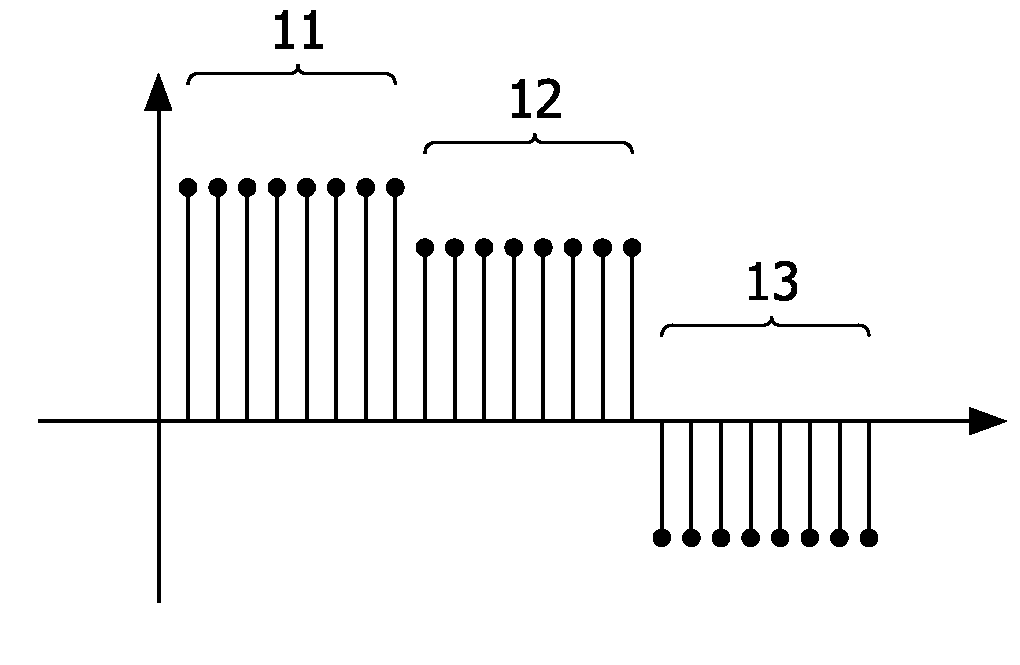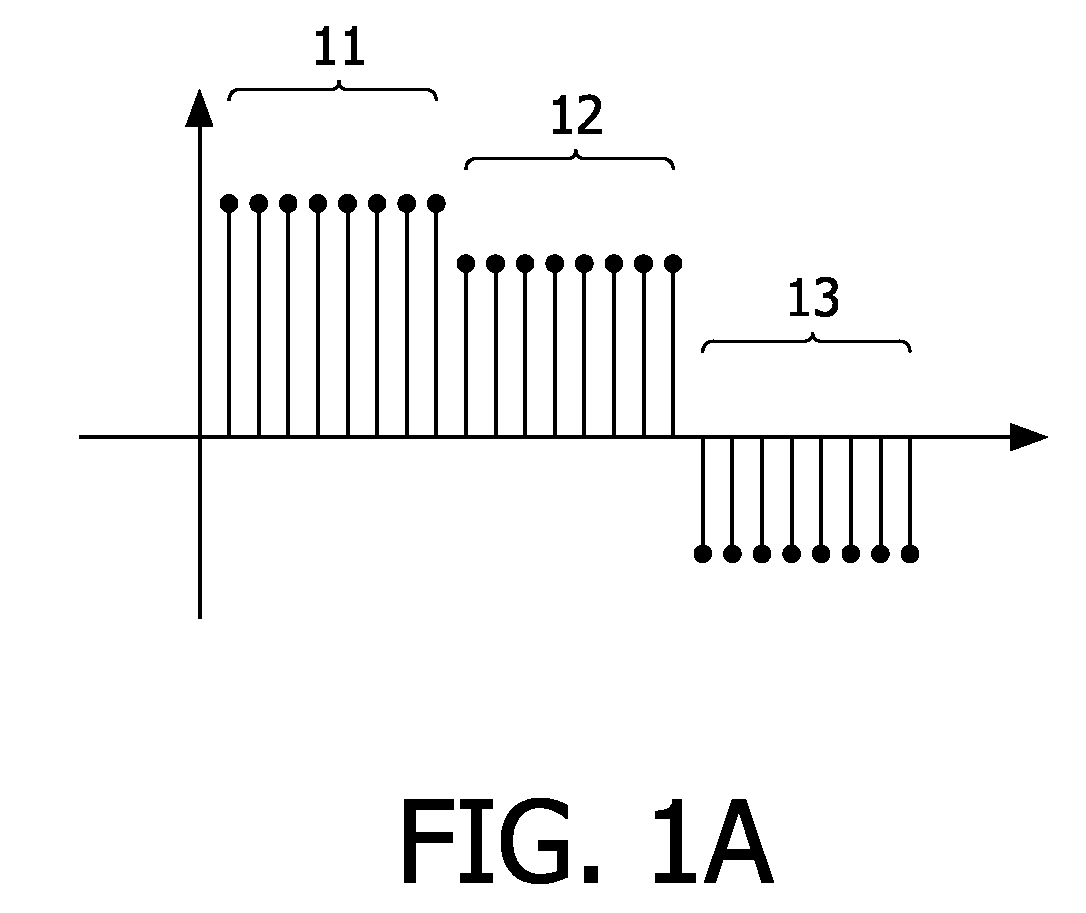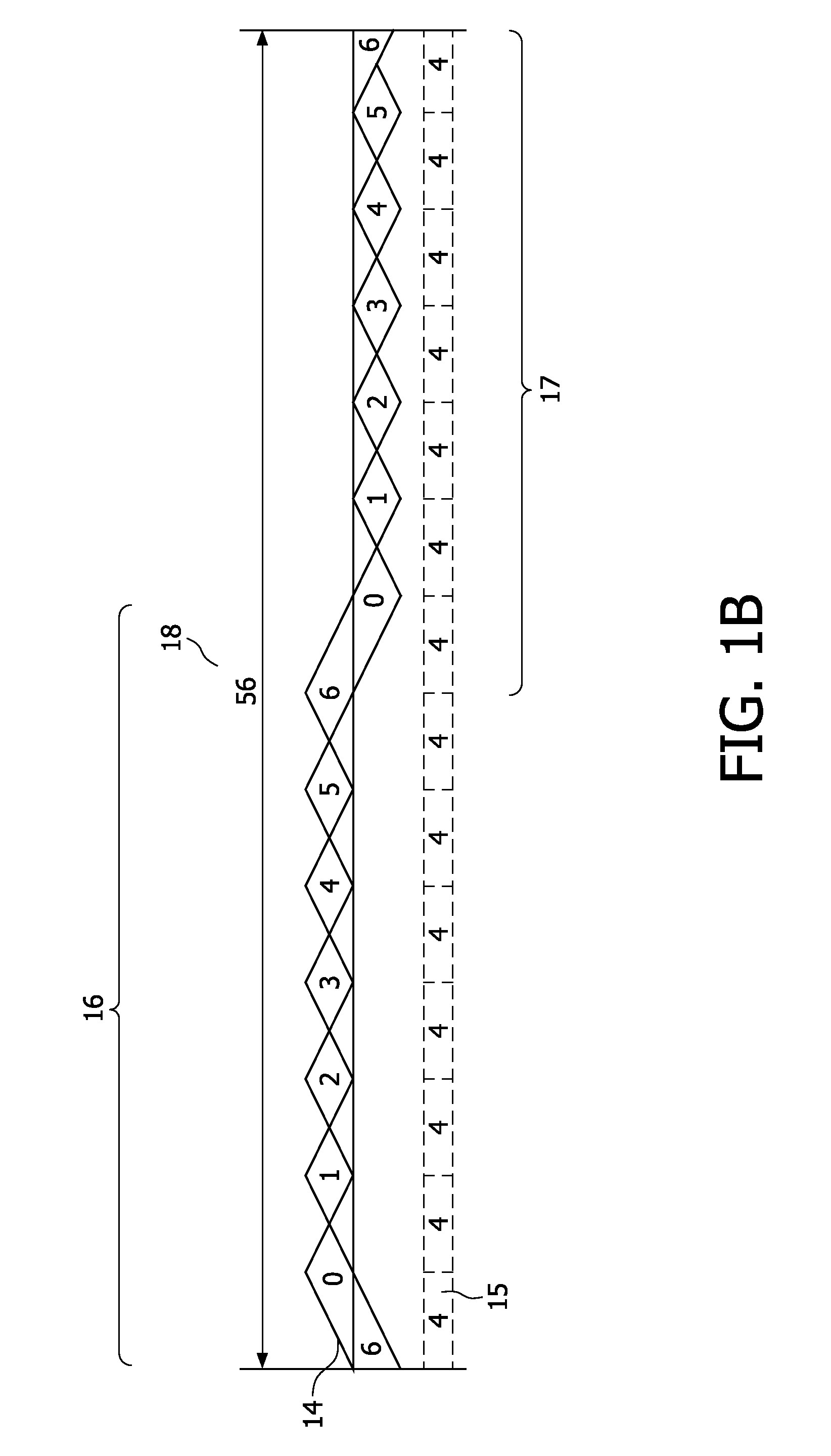Matching a watermark to a host sampling rate
- Summary
- Abstract
- Description
- Claims
- Application Information
AI Technical Summary
Benefits of technology
Problems solved by technology
Method used
Image
Examples
Embodiment Construction
[0033]The generation, embedding and detection of a watermark into a multimedia signal, may be done at a number of ways. The published patent applications WO 03 / 083858, WO 03 / 083860 and WO 05 / 029466 disclose such methods, and they are hereby incorporated by reference. In the present invention, a watermark sampled at a first sampling rate is matched to a multimedia host signal sampled at a second sampling rate. Having matched the watermark to the sample frequency of the multimedia signal, the matched watermark may be embedded into the multimedia signal by a known embedding technique, e.g. as disclosed by the three mentioned published patent applications. The watermark may be embedded in continuation of the matching process at the same location and possible by the same equipment, however, the matched watermark may also be transmitted via a communication line, such as the Internet or other computer network or via a record carrier, for later implementation at another site.
[0034]FIG. 1A s...
PUM
 Login to View More
Login to View More Abstract
Description
Claims
Application Information
 Login to View More
Login to View More - R&D
- Intellectual Property
- Life Sciences
- Materials
- Tech Scout
- Unparalleled Data Quality
- Higher Quality Content
- 60% Fewer Hallucinations
Browse by: Latest US Patents, China's latest patents, Technical Efficacy Thesaurus, Application Domain, Technology Topic, Popular Technical Reports.
© 2025 PatSnap. All rights reserved.Legal|Privacy policy|Modern Slavery Act Transparency Statement|Sitemap|About US| Contact US: help@patsnap.com



